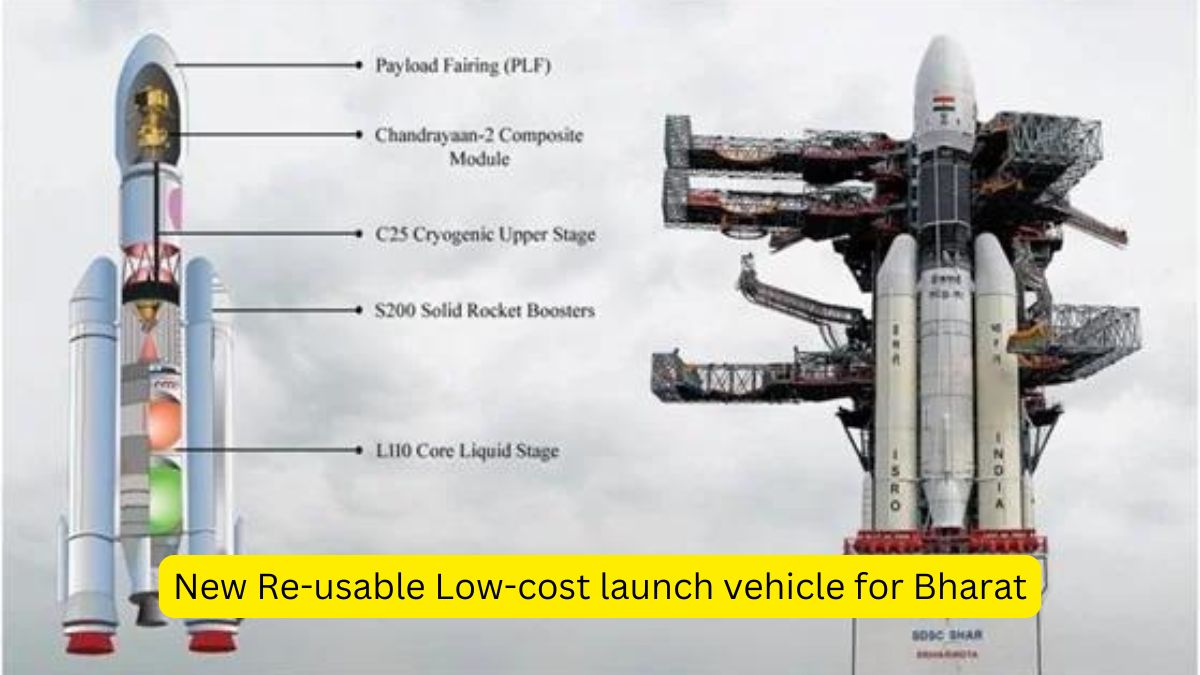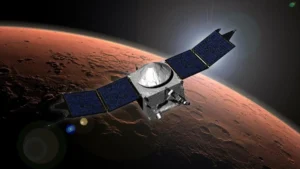The Union Cabinet chaired by the Prime Minister Shri Narendra Modi has approved the development of Next Generation Launch Vehicle (NGLV), that will be a significant step towards the Government’s vision of establishing & operating the Bharatiya Antariksh Station and towards developing capability for Indian Crewed Landing on the Moon by 2040.
Aim
The NGLV aims to strengthen India’s position in the global space industry by lowering the cost of launches by reusing recovered components and offering enhanced capacity for carrying heavier payloads into orbits.
About NGLV
- NGLV will have 3 times the present payload capability with 1.5 times the cost compared to LVM3, and will also have reusability resulting in low-cost access to space and modular green propulsion systems.
- Next Generation Launch Vehicle (NGLV) is taken up which is designed to have a maximum payload capability of 30 tonnes to Low Earth Orbit, which also has a reusable first stage.
Current Vehicles
India has achieved self-reliance in space transportation systems to launch satellites up to 10 tonne to Low Earth Orbit (LEO) and 4 tonne to Geo-Synchronous Transfer Orbit (GTO) through the currently operational PSLV (Polar Satellite Launch Vehicle) , GSLV (GeoSynchronous Satellite Launch Vehicle), LVM3 (Launch Vehicle Mark III) & SSLV (Small Satellite Launch Vehicles).
How will this project be implemented?
- The NGLV development project will be implemented with maximal participation from the Indian industry, who is also expected to invest in the manufacturing capacity at the outset itself, thereby allowing a seamless transition to the operational phase subsequent to the development.
- NGLV will be demonstrated with three development flights (D1, D2 & D3) with a target of 96 months (8 years) for the completion of the development phase.
- Funding : The total fund approved is Rs. 8240.00 Crore and includes the development costs, three developmental flights, essential facility establishment, Programme Management and Launch Campaign.
How will this be beneficial?
- The development of NGLV will enable national & commercial missions including launch of human spaceflight missions to Bharatiya Antariksh Station.
- Lunar/inter-planetary exploration missions along with communication & earth observation satellite constellations to Low Earth Orbit that will benefit the entire space ecosystem in the country.
- This project will boost the Indian space ecosystem in terms of capability and capacity.
About Launch Vehicles
- A launch vehicle is a rocket-powered vehicle that transports a spacecraft beyond the Earth’s atmosphere, either into orbit around the Earth or to another destination in outer space.
- Satellites are integral to space missions. However, they don’t make their way into space independently. Instead, they rely on launch vehicles and powerful rockets for their celestial journey.
Notable Foreign Launch Vehicles
- Arien 5 (European Space Agency)
- Falcon 9 (Space X)
- Space Launch System (SLS – NASA)
- Soyuz 5 (Russian Space Agency)
What is a Reusable Launch Vehicle?
The concept of a reusable launch vehicle is based on making the spacecraft durable enough to withstand multiple launches and landings. This necessitates the vehicle’s design to be both lightweight and strong, as well as the use of materials that can withstand the extreme conditions of spaceflight.
Examples of RLVs
- New Shepherd (Amazon’s Blue Origin space agency)
- SpaceX’s Falcon 9
- SpaceX Starship




 NASA Loses Contact with MAVEN Spacecraft...
NASA Loses Contact with MAVEN Spacecraft...
 US FDA Qualifies First AI Tool to Accele...
US FDA Qualifies First AI Tool to Accele...
 11th India International Science Festiva...
11th India International Science Festiva...







